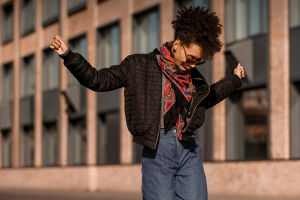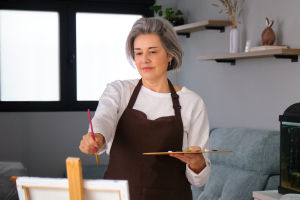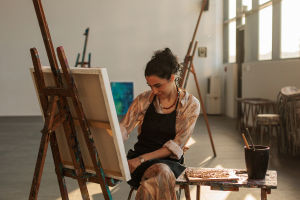Have you ever stopped to truly look at a sculpture in a park or a city square? These pieces are more than decoration—they are silent storytellers, opinion-holders, and social participants.
Public sculptures invite dialogue, provoke thought, and reflect the values and struggles of a society. This article explores how sculpture in public spaces goes beyond form and becomes a meaningful social statement.
Let's discover how stone, metal, and shape can speak to our shared experiences.
More Than Aesthetic: The Function of Public Sculpture
While public sculptures often beautify spaces, their deeper purpose lies in communication. Unlike art in museums, which can feel distant or exclusive, public art is accessible to everyone. It meets people where they are—in streets, plazas, and parks—and communicates ideas about history, identity, justice, and belonging.
Whether abstract or representational, public sculpture invites engagement, becoming part of daily life rather than something to observe from afar.
Reflecting Cultural Identity and Memory
Public sculpture often serves as a mirror of a city or nation's collective identity. Think of sculptures that commemorate historic figures, cultural heroes, or social movements. These works are more than reminders of the past; they are anchors of cultural memory that shape how we understand our place in the world.
In multicultural societies, sculptures can reflect the stories of diverse communities, offering recognition and inclusion in shared public spaces.
Amplifying Social Issues Through Art
Sculpture can be a bold platform for addressing social challenges. Many artists use public installations to speak out on inequality, climate change, human rights, or urban injustice. For example, temporary sculptures might appear in front of government buildings to raise awareness of public concerns.
These works often combine visual symbolism with location-based meaning to provoke reflection. Art in public space becomes a voice—one that can't easily be ignored.
Interactivity and the Power of Presence
Unlike paintings or photos, sculptures occupy physical space. Their presence changes the flow of a walkway or invites people to gather around. Some sculptures encourage touch, movement, or interaction, turning viewers into participants. This physical involvement strengthens the emotional impact of the message.
In this way, public sculpture doesn't just "say" something—it creates an experience that allows the public to respond with feeling and thought.
Controversy and Public Dialogue
Public sculptures don't always unite opinion. In fact, some of the most impactful works are those that spark debate. Is a sculpture too abstract? Or does it challenge old ideas people are not ready to face? These conversations are valuable. They demonstrate how art can push boundaries and invite critical reflection.
Public sculpture acts as a starting point for dialogue, inviting everyone to take part in shaping the meaning of shared spaces.
Temporary Installations and Changing Perspectives
Not all public sculptures are permanent. Temporary or rotating installations allow cities to reflect changing values and keep public conversation fresh. These pieces often respond to current events or seasonal themes, reminding citizens that public spaces are living environments.
Temporary sculptures can be provocative, playful, or poetic—but they all make people stop, think, and feel. They teach us that public art, like society itself, evolves over time.
Economic and Educational Value
Beyond cultural and social impact, public sculpture can also bring economic and educational benefits. Sculptures attract tourists, enhance public spaces, and encourage community pride. Moreover, they can be used in educational programs to teach history, civic values, and creativity.
Some cities even involve schools in public sculpture projects, allowing students to participate in shaping their environment while learning valuable skills and perspectives.
Designing for Community Connection
The most effective public sculptures are designed with the local community in mind. Artists often collaborate with residents to understand their stories and hopes, turning these into visual forms. This process of co-creation leads to artwork that feels relevant, respected, and loved.
When people feel ownership over public art, they are more likely to protect it, talk about it, and let it shape their identity and space.
Conclusion: What Does Your City's Sculpture Say?
Next time you walk past a sculpture, pause for a moment. What does it say about your community? What conversations does it invite? Public sculpture has the power to make cities not only more beautiful but more thoughtful and connected. It reflects who we are, challenges what we believe, and offers visions of who we might become.
Do you have a favorite public sculpture in your city? How does it make you feel or think? Share your reflections—let's keep the conversation alive, just like the art around us.


